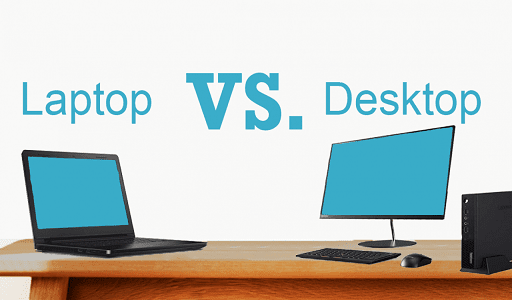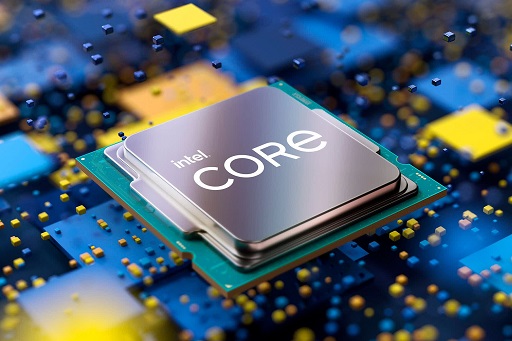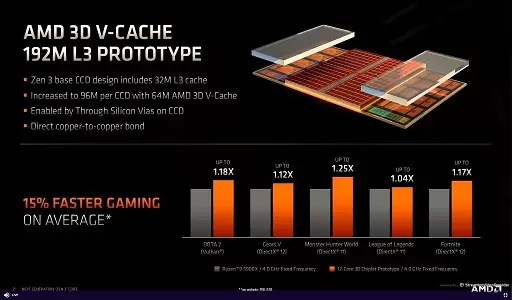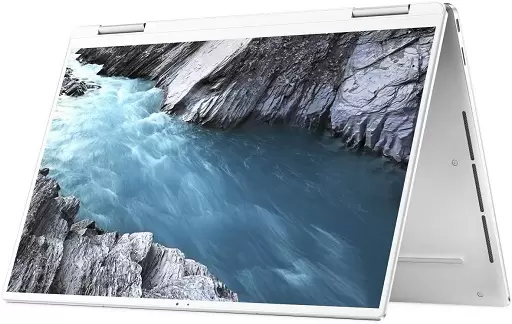The original syncing technology for graphic processing units, video games, and monitors was Vsync. There are new options such FreeSync or G-Sync, but VSync remains an essential option for many gamers. So lets us look into what it does and why gamers are still using it.
What is VSync Technology
The VSync, otherwise known as Vertical Sync, is a graphics technology that easily synchronizes a game’s frame rate and the refresh rate of a gaming monitor. It is first developed by GPU manufacturers and was built to deal with screen tearing, which gives you displayed options and lets you have multiple screens displays frame simultaneously. Unfortunately, there is also a tearing occurrence when the monitor’s refresh rate is not in sync with the frames per second.
VSync does a few things to help alleviate this. First, it limits the frame rate output by the graphics card to the monitor’s refresh rate (60Hz, unless you have a high-refresh-rate monitor), making it easier to avoid higher FPS than the monitor can handle.
It does this by preventing the GPU from doing anything to the display memory until the monitor has concluded its current refresh cycle — effectively not feeding it any more information until it’s ready for it. Then, through a combination of double buffering and page flipping, VSync synchronizes the drawing of frames onto the display only when it has finished a refresh cycle, so you shouldn’t ever see tears when VSync is enabled.
Does it make a big difference?
VSync only helps with screen tearing, and it only really does that by limiting FPS when necessary. However, if your monitor can’t keep up with the FPS of a particular game, then VSync can make a big difference.
However, VSync cannot improve your resolution, colors, or brightness levels, like HDR. Instead, it’s a preventative technology that’s focused on stopping a specific problem rather than making improvements. It also tends to harm performance.
By forcing frames to be entirely rendered before being displayed. Your FPS can suffer, and at best, your frame rate is limited to your display’s refresh rate. In some games where higher FPS can lead to reduced input lag, it can also affect your competitive performance.
What do I need to enable VSync technology?
You don’t need a particular monitor to use VSync — it’s designed to work with all kinds of displays. You need a graphics card that supports it, but most recent generations support it throughout the product lineup. VSync has been around for many years, and both Nvidia and AMD have options to enable the setting in their drivers for all games.
However, if you’d prefer to do it on an individual game basis, most games offer a toggle option in their graphics settings menu.
You may also like Best Google Pixelbook Go Deals.
Does VSync have any problems?
VSync is far from a perfect solution and can negatively affect your gaming experience. Even if it is useful and working as intended. For example, if a monitor and a game are having trouble syncing up, then VSync can lower your frame rate significantly to try to find a point where they can. Unfortunately, that can lead to input lag and stuttering increases, which further worsens the gaming experience. Screen tearing is most noticeable in fast-paced games like shooters and fighters, but it can affect all sorts of games, regardless of genre.
That’s why, if you’re particularly serious about these types of games, enabling VSync might not be worth it. Another set called triple buffering can help reduce some of VSync’s problems, but this doesn’t come with any guarantees.
What are Adaptive VSync and FastSync?
Here’s where things get a little more complicated. GPU companies were well aware of VSync’s potential problems when it was first released. As a result, they have been trying to make improved versions ever since. That’s why, when you go into your GPU control panel, you may see different syncing options. More advanced forms of VSync include:
FastSync: FastSync is a more advanced form of Enhanced Sync from Nvidia that enables VSync when necessary. And adds in automatic triple buffering to try always to pick the best frame data possible. It takes a lot of power to use but helps fix a lot of VSync issues as well.
Enhanced Sync: Enhanced Sync is AMD’s version of AdvancedSync. It disables VSync when the frame rate drops below a monitor’s refresh rate to prevent related problems.
Is VSync better than G-Sync or FreeSync?
Over time, Nvidia developed G-Sync and AMD created FreeSync to improve upon the capabilities of VSync. Both are GPU technologies that work to synchronize refresh rates and image data directly with the frame rate of your GPU. In addition, Nvidia and AMD created the software intended to end the problems plaguing VSync, specifically in image precision, tears, and image uniformity. Essentially, G-Sync and FreeSync are more effective versions of the VSync software. If they are available to you, we suggest trying them out.
FreeSync and G-Sync both provide you with the best quality features for your device, and though VSync is a perfectly adequate option, it only offers the bare minimum.
Would you like to read more about VSync-related articles? If so, we invite you to take a look at our other tech topics before you leave!










